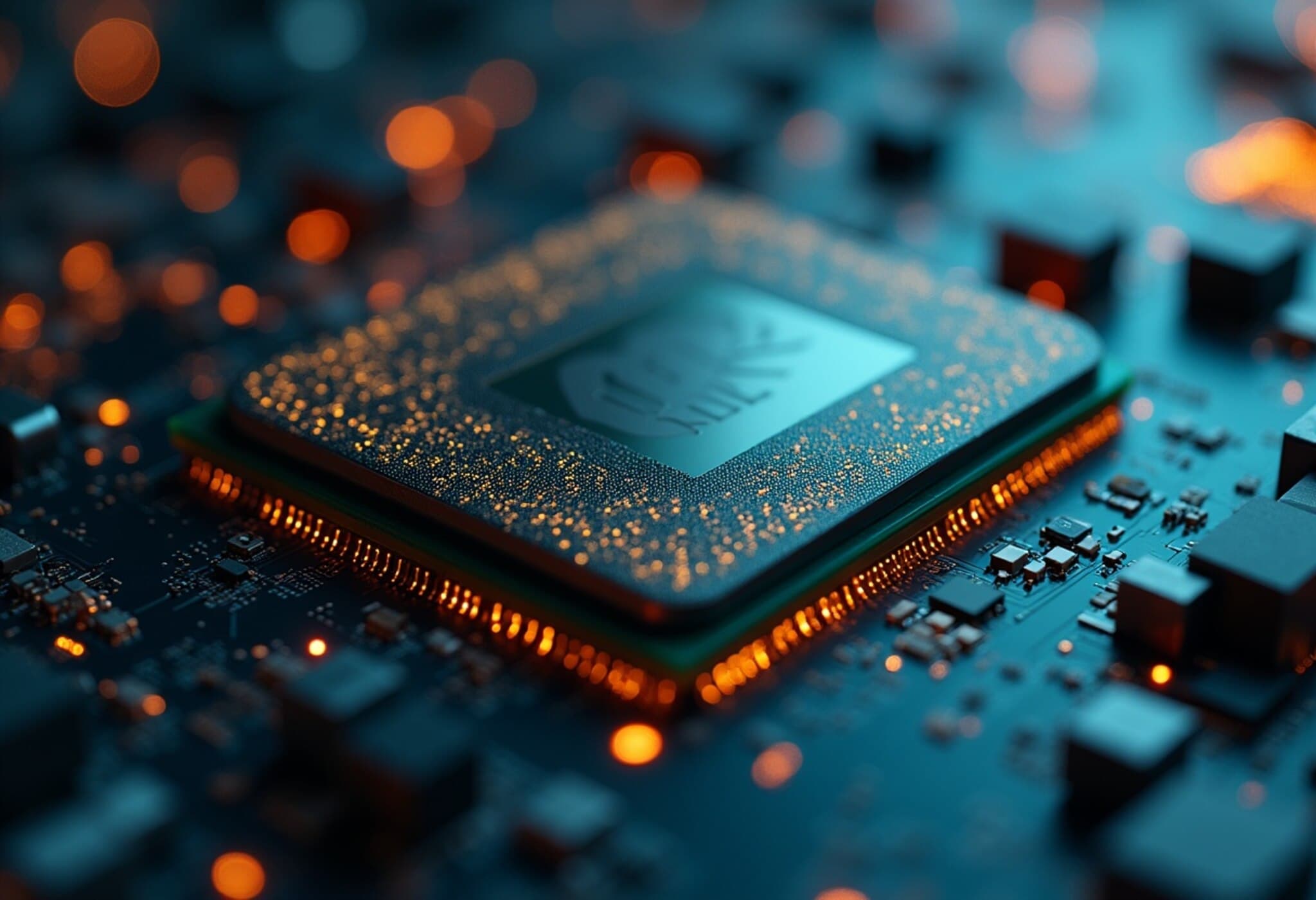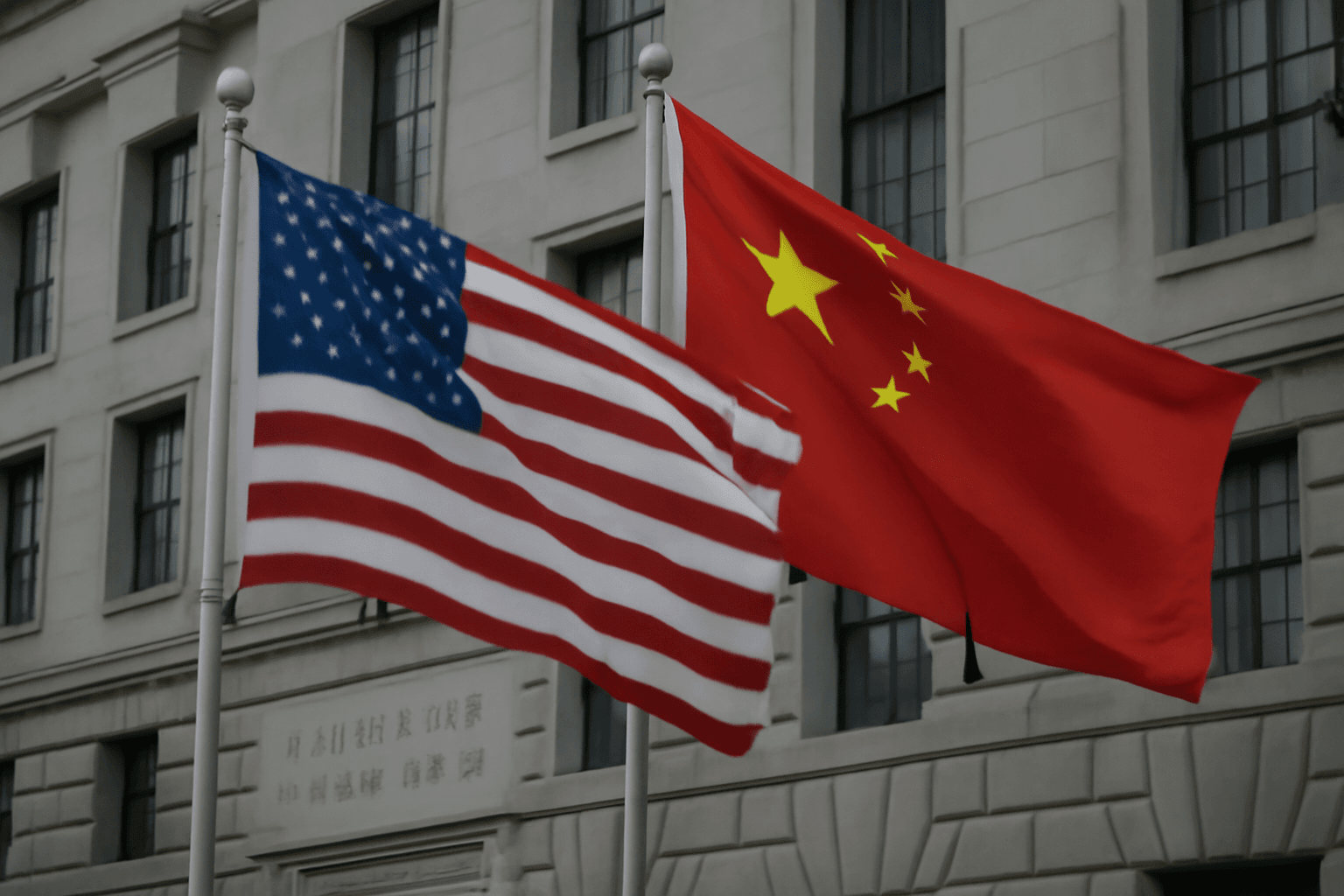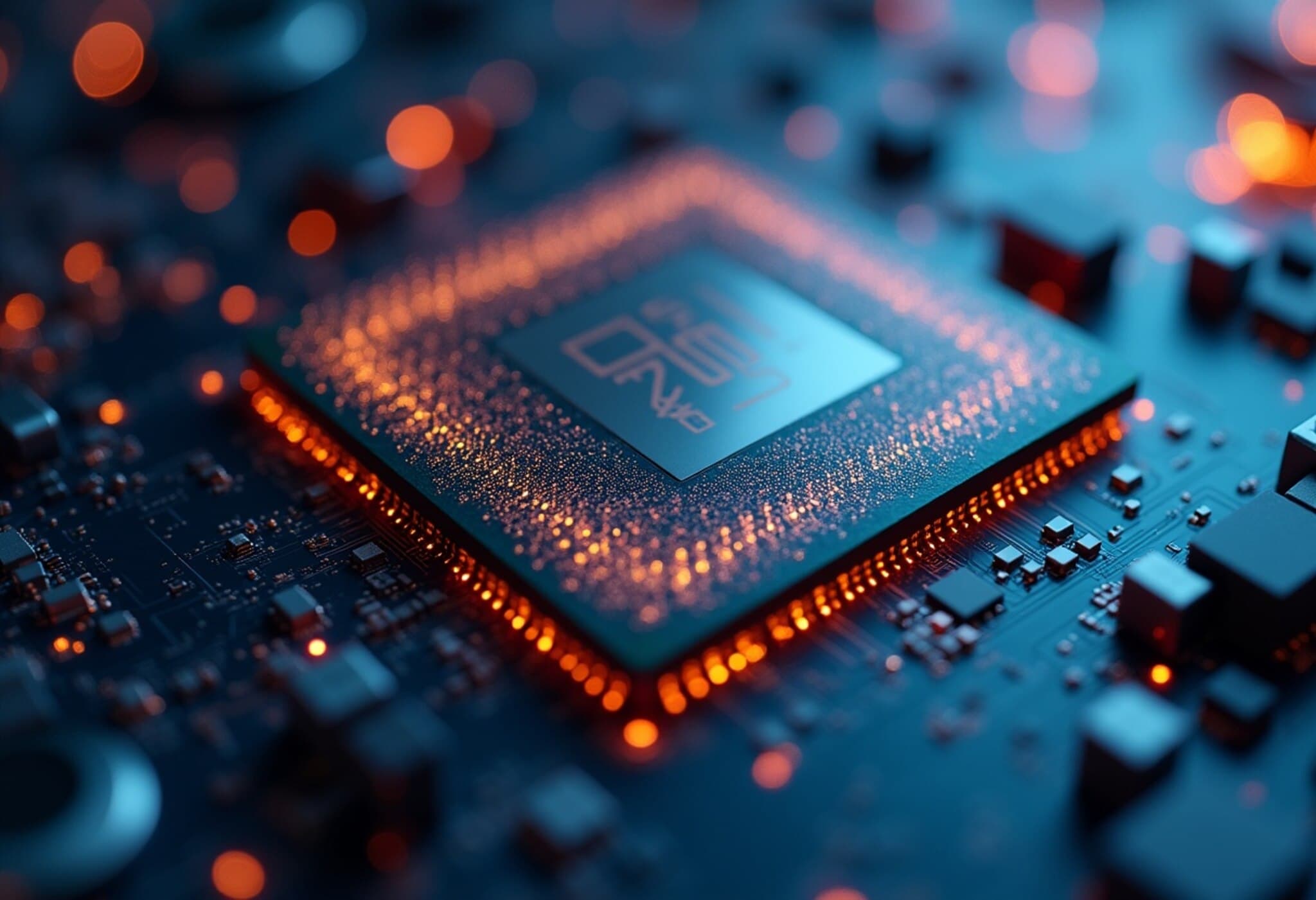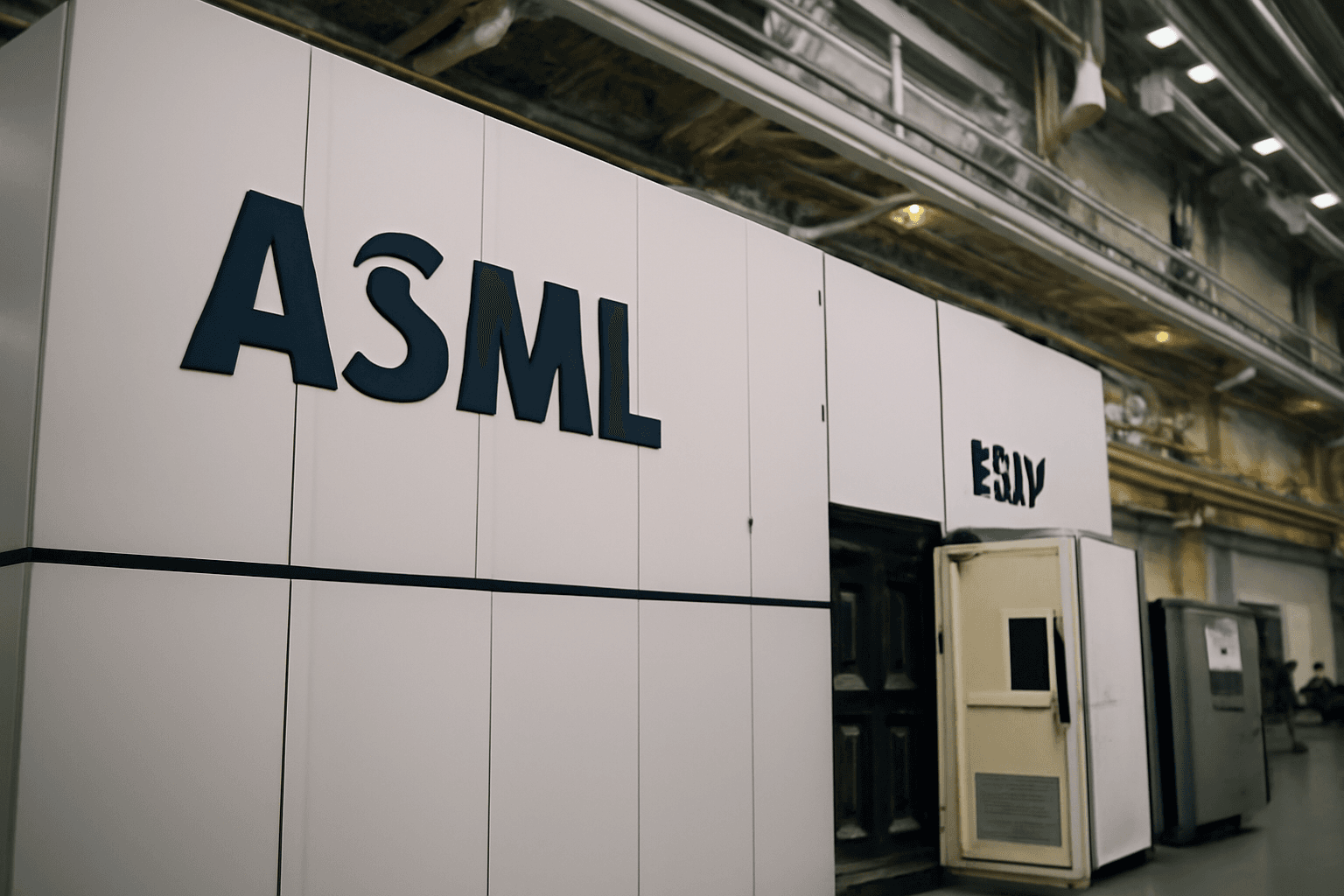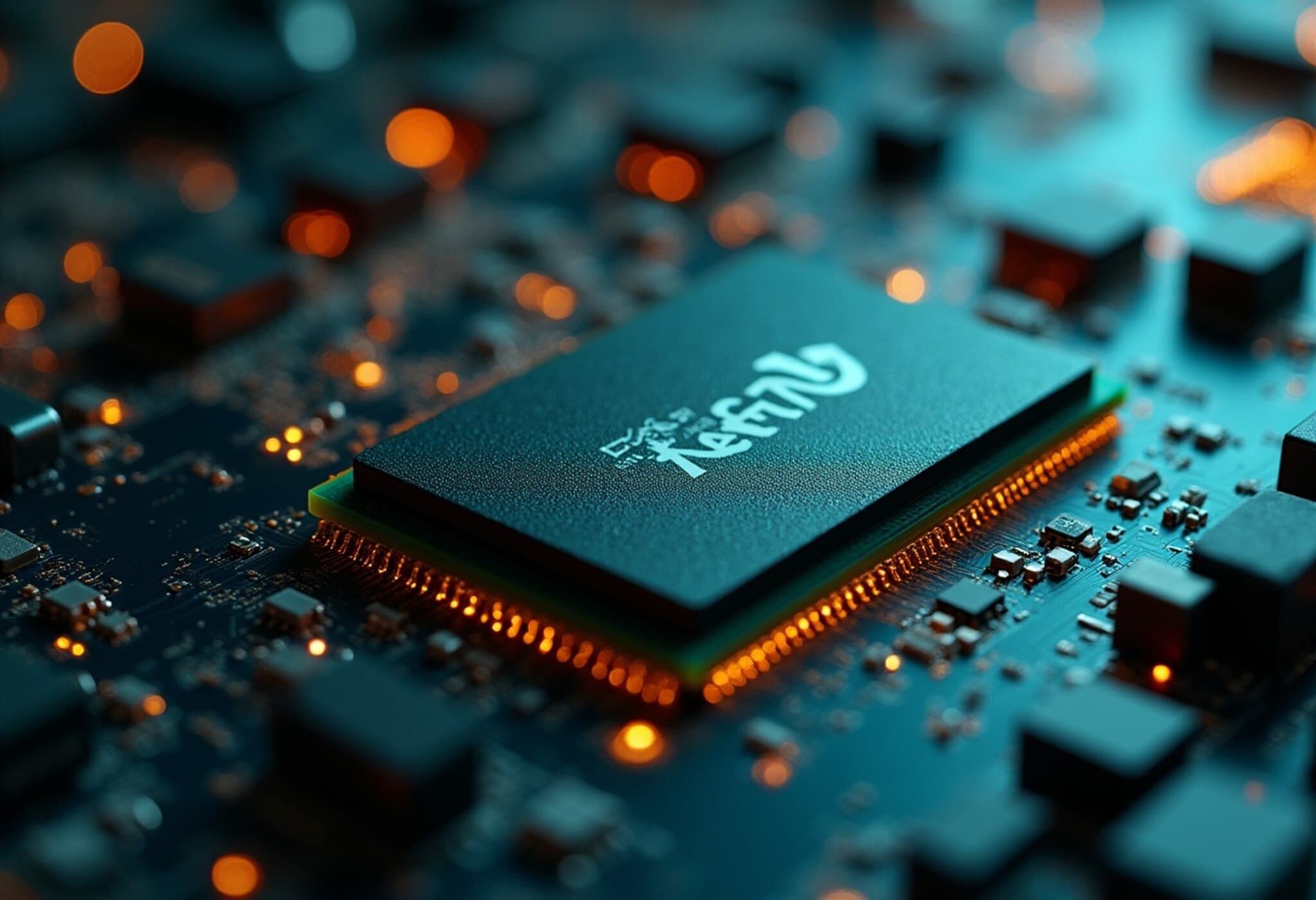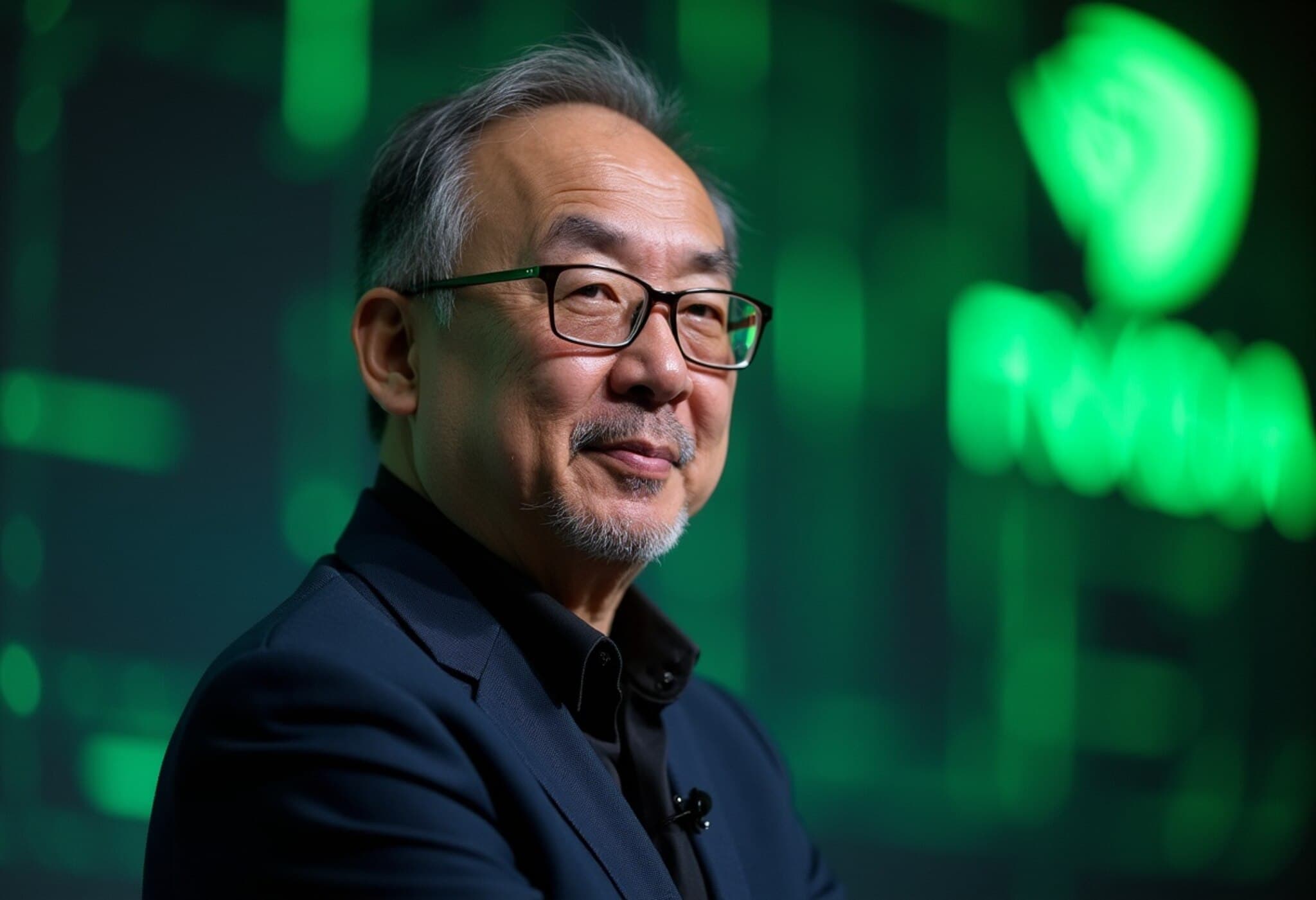Nvidia’s Revenue Heavily Dependent on Two Major Customers in Q2 2025
In a revealing financial filing this Wednesday, Nvidia disclosed that its top two customers contributed a staggering 39% of its total revenue for the second quarter ended July 2025. This concentration raises important questions about the chipmaker’s growth sustainability and client diversification amid soaring demand for AI-related hardware.
Breaking Down the Numbers: Who Are These Key Customers?
The filing, submitted to the Securities and Exchange Commission (SEC), identified these buyers simply as "Customer A" and "Customer B." Together, they represented 23% and 16% of Nvidia’s Q2 revenue respectively. To put this into perspective, these figures are sharply up from the prior year’s quarter when Nvidia’s two largest customers accounted for 14% and 11% of sales.
While Nvidia declined to name these customers explicitly, industry watchers speculate that these might be major cloud service providers or large-scale hardware integrators. Nvidia CFO Colette Kress emphasized that around 50% of the company’s data center revenue—which represents 88% of overall revenue—comes from large cloud providers. This suggests a heavy reliance on a small group of dominant players in the AI infrastructure ecosystem.
Direct vs. Indirect Customers: The Complexity Behind Nvidia's Sales
Nvidia distinguishes between "direct" and "indirect" customers. Direct customers include manufacturers who purchase chips to develop and sell complete servers or boards, such as OEMs and ODMs like Foxconn or Dell. Indirect customers, on the other hand, encompass cloud giants, internet companies, enterprises, and governments buying through those direct integrators.
- Direct customers: Build and resell hardware systems incorporating Nvidia chips.
- Indirect customers: End users of those systems, including hyperscalers and enterprises.
The lines can blur, especially as some direct customers also buy chips for their internal use. Nvidia noted that two indirect customers each accounted for more than 10% of revenue, primarily purchasing through these top direct customers, adding another layer to the mystery.
AI-Driven Demand Fuels Revenue Growth but Raises Concentration Risks
The intensifying AI revolution is unquestionably fueling Nvidia’s rapid sales growth, with demand spanning cloud providers, enterprises building AI systems, emerging "neoclouds" (smaller cloud firms specializing in AI workloads), and foreign governments investing heavily in sovereign AI. Nvidia forecasts roughly $20 billion in revenue linked to such sovereign AI projects this year alone.
CEO Jensen Huang projected the AI infrastructure market could balloon to a staggering $3 to $4 trillion by 2030, underpinned by commitments from hyperscalers who plan to spend in excess of $600 billion this year alone on AI-capable data centers. Huang underscored that Nvidia stands to capture about 70% of total costs for a typical $50 billion AI-focused data center, due not only to its GPUs but also other specialized chips it offers.
"The capital expenditures of the top four hyperscalers have doubled over two years as the AI revolution has gained momentum," Huang remarked, highlighting the scale at which major cloud providers are investing.
Analysts Cautious Amid Client Concentration and Growth Uncertainties
However, some market analysts are exercising caution. HSBC’s Frank Lee pointed out that without clearer guidance on cloud providers’ capital expenditure plans for 2026 and beyond, there might be limited room for Nvidia’s near-term earnings surprises or stock price catalysts. The current prominence of just two customers combining nearly 40% of revenue also introduces a concentration risk, which investors and regulators alike may scrutinize closely.
What This Means for the Broader AI and Semiconductor Industry
The dominance of a few clients reflects a broader trend in the tech industry where hyperscalers and mega-cloud providers increasingly wield purchasing power, shaping the supply chains of AI infrastructure. From a policy perspective, this concentrated demand could exacerbate global supply chain vulnerabilities, especially amid ongoing geopolitical tensions affecting chip manufacturing and technology flows.
It also spotlights the vital need for Nvidia and similar companies to diversify their customer base, not only to mitigate financial risks but also to sustain innovation and competitive pricing across industries adopting AI technologies.
Editor’s Note
Nvidia’s remarkable growth story is inextricably linked with the extraordinary appetite of just a few powerful customers. As the chipmaker rides the AI wave, the concentration of revenue raises pressing questions:
- How sustainable is Nvidia’s dependency on a handful of major customers over the long term?
- Could emerging competitors or shifts in cloud provider strategies reshape the AI infrastructure market dynamics?
- What are the broader implications for the global semiconductor ecosystem if large-scale capital expenditures slow?
Staying vigilant about these questions will be crucial for investors and policymakers alike as AI accelerates its transformative impact across industries.



